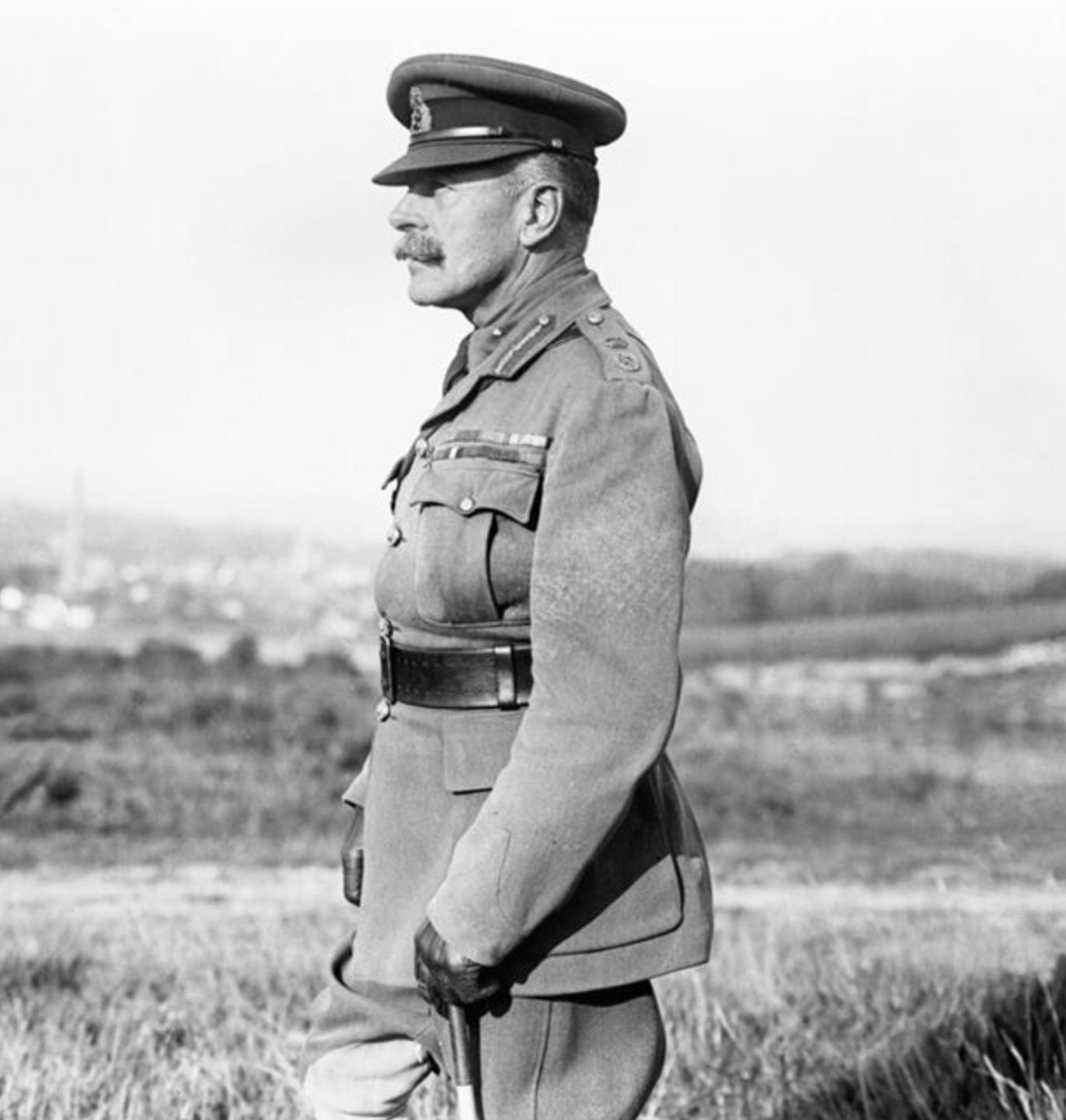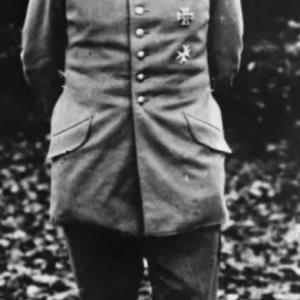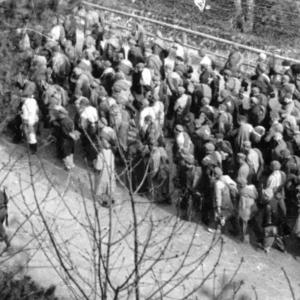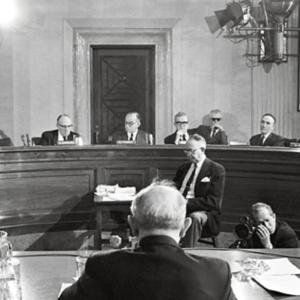
Field Marshal Douglas Haig
Douglas Haig was born on June 19, 1861, in Edinburgh, Scotland, into a prosperous family of whisky distillers. Educated at Clifton College and Brasenose College, Oxford, he went on to the Royal Military College at Sandhurst, where he excelled in his studies and showed early signs of leadership and ambition. Commissioned into the 7th (Queen’s Own) Hussars in 1885, he began a career that would take him to the highest rank in the British Army and into the heart of one of the most devastating conflicts in human history.
His early service gave him a solid grounding in both cavalry tactics and staff work. He served in India, where he gained experience in regimental command, and later saw active service during the Sudan campaign in 1898, fighting at the Battle of Omdurman under General Kitchener. His calm efficiency and attention to detail earned recognition from superiors. During the Second Boer War (1899–1902), he again worked with Kitchener, serving in staff positions that exposed him to the complexities of large-scale logistics and command. By the end of the war, he had built a reputation as a disciplined, methodical officer with an analytical mind and a strong sense of duty.
In the years that followed, his rise through the ranks was steady. Benefiting from influential connections and his own administrative skill, he became a lieutenant general by 1914, commanding I Corps of the British Expeditionary Force under Sir John French. In the early battles of the war, particularly at Mons and the First Battle of Ypres, he demonstrated composure under pressure and a commitment to holding ground against superior German forces.
When Sir John French was replaced in December 1915, he was appointed commander-in-chief of the British Expeditionary Force. He took command at a time when the war had settled into a grim stalemate of trenches and attrition. He believed strongly in the offensive spirit of the army and in the principle that victory could only be achieved by wearing down the enemy through sustained pressure. This conviction shaped his leadership during the major battles of the Somme in 1916 and Passchendaele in 1917.
The Battle of the Somme was intended to relieve pressure on the French at Verdun and break through German lines. While it achieved limited territorial gains, it came at an enormous human cost, with over a million casualties. He was criticized for his persistence in the face of such losses, but maintained that the battle had weakened the German army and was a necessary step toward eventual victory. The following year, at Passchendaele, he again ordered an offensive through difficult terrain, resulting in another costly and controversial campaign. Many contemporaries and later historians viewed it as a symbol of futile slaughter and poor planning, though some argued that his strategy contributed to the eventual exhaustion of German forces.
His leadership was marked by belief in traditional notions of morale, discipline, and duty. Critics accused him of being out of touch with modern warfare, slow to adapt to new technologies, and overly reliant on attrition tactics. Supporters countered that he faced immense strategic challenges and that his persistence ultimately helped bring about the Allied victory in 1918. Under his command, the British Army played a decisive role in the final Hundred Days Offensive that broke German resistance and led to the Armistice.
After the war, he returned to Britain as a national figure. Created Earl Haig, he received numerous honors for his service. In the years that followed, he devoted himself to the welfare of former soldiers, founding the Royal British Legion in 1921 and working tirelessly to improve conditions for veterans and their families. Despite this charitable legacy, public opinion remained divided. Many saw him as a patriotic hero who had led Britain to victory, while others regarded him as a symbol of the senseless loss and suffering of the Western Front.
He lived quietly in his later years, continuing his charitable work and maintaining a dignified presence in public life. He died on January 29, 1928, in London, and was buried with full military honors at Dryburgh Abbey in Scotland. His life and career have remained subjects of debate among historians. Some have judged him harshly for the enormous casualties under his command, while others have argued that he was a capable leader forced to wage a kind of war for which no one was fully prepared. Whatever the verdict, Douglas Haig remains one of the most significant and controversial figures of the First World War—a man whose leadership embodied both the strengths and the tragedies of his time.










